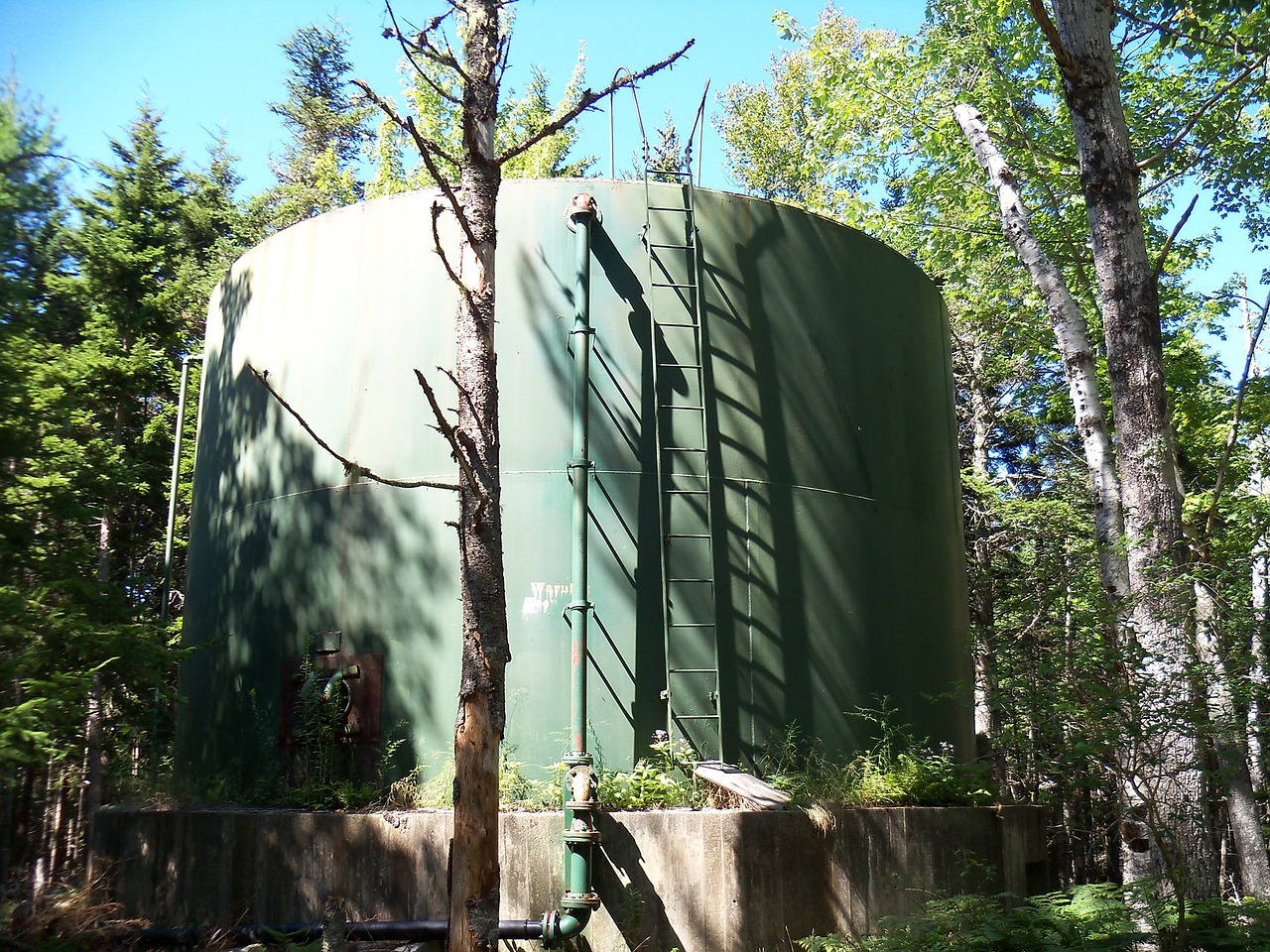
Ensuring the health and integrity of your above-ground storage tanks requires a reliable and efficient maintenance program. One effective method to consistently monitor tank conditions and identify potential issues is by incorporating Remotely Operated Vehicle (ROV) inspections. At ATM Tanks, we provide comprehensive inspection services that utilise advanced ROV technology to guarantee accurate and cost-effective results.
In this in-depth guide, we will explore the role of ROV inspections in the preventive maintenance and overall upkeep of your above-ground storage tank infrastructure. Understand how ROV inspections provide valuable insights into potential risks, facilitate early detection of issues, and enable targeted maintenance activities that prolong the lifespan and performance of your storage systems. Additionally, we will discuss the unique advantages of adopting ROV inspection techniques, such as improved safety, cost savings, and minimal disruptions to your operations.
The Growing Relevance of ROV Inspections for Above-Ground Storage Tanks
In recent years, the adoption of ROV inspection techniques for above-ground storage tank maintenance has steadily increased due to several inherent advantages:
1. Reduced Risk and Improved Safety: ROV inspections eliminate the need for entry into confined spaces or climbing at heights, significantly minimising potential hazards for inspection personnel.
2. Minimal Disruptions: ROV inspections are non-invasive and typically do not require draining or decommissioning the tank during the inspection process, avoiding costly downtime.
3. High-Quality Results: Advanced ROV technology provides high-resolution visual data, enabling accurate identification of issues and in-depth reporting for analysis and decision-making.
4. Cost-Effective Maintenance: Fast and efficient ROV inspections facilitate timely intervention and targeted maintenance activities, reducing the likelihood of costly repairs or damage resulting from undetected issues.
Key Components of an ROV Inspection Process
A comprehensive ROV inspection process performed by ATM Tanks includes the following stages:
1. Pre-Inspection Assessment: A thorough pre-inspection assessment is conducted to evaluate the conditions surrounding the tank, as well as general information such as tank capacity and operational history.
2. Deployment of ROV System: The ROV is deployed into the tank, guided by a skilled ROV operator who navigates the vehicle and its attached equipment to effectively survey the tank’s interior.
3. Data Collection and Analysis: A combination of high-definition cameras, sonar technology, and other inspection tools are used to obtain accurate and detailed data, which is then analysed to identify any potential issues or signs of wear and tear.
4. Reporting and Recommendations: A comprehensive report detailing the inspection findings, accompanied by images and videos, is prepared and presented to the facility owner or management team. Recommendations for necessary repairs or maintenance activities are provided to address any identified issues.
Potential Issues Detected by ROV Inspections
ROV inspections can effectively identify several common issues within above-ground storage tanks:
1. Corrosion: The presence of rust, holes, or metal degradation caused by the continual exposure of the tank materials to various elements and stored substances can lead to leaks and structural instability.
2. Cracks and Leaks: Deterioration of tank lining, seals, or material can result in cracks and leaks, compromising the tank’s integrity and potentially causing environmental contamination.
3. Sediment Build-Up: Accumulation of sediment and debris over time can compromise the efficiency of operations and negatively impact the quality of the stored materials.
4. Coating Damage or Degradation: Damage or degradation of a tank’s protective coating system can reduce the effectiveness of its corrosion resistance and potentially expose the tank material to harmful substances.
Integrating ROV Inspections into Your Tank Maintenance Program
To reap the full benefits of ROV inspections for your above-ground storage tanks, consider the following steps:
1. Regular Inspections: Perform ROV inspections at defined intervals, based on factors such as your tank’s age, material composition, and contents stored.
2. Systematic Documentation: Maintain detailed records of inspection results to facilitate informed maintenance decision-making and support compliance efforts.
3. Maintenance Collaboration: Work closely with your ROV inspection service provider to prioritise repairs, maintenance tasks, and proactive adjustments based on the findings of your ROV inspections.
4. Continuous Improvement: Stay up-to-date with advancements in ROV technology and continuously reassess your inspection and maintenance processes to maximise safety, efficiency, and long-term performance of your tank infrastructure.
Conclusion:
ROV inspections offer unparalleled benefits in terms of safety, efficiency, and cost-effectiveness for the maintenance and upkeep of your above-ground storage tank infrastructure. By understanding the significance of this inspection method, the capabilities of advanced ROV technology, and the integration of ROV inspections into your overall tank maintenance strategy, you can safeguard the long-term performance and resilience of your storage assets.
Choose ATM Tanks as your preferred provider of expert ROV inspections tailored to your unique storage facilities. Get in touch with our team today to discuss your inspection requirements and discover how our commitment to safety, innovation, and excellence can contribute to maximising the performance and longevity of your above-ground storage tanks.
- Guide to Hiring Professional Tank Cleaning Services - May 4, 2025
- Steps to Take When Your Tank Needs Repairs - May 4, 2025
- How to Ensure Your Tank is Waterproofed Effectively - May 4, 2025





